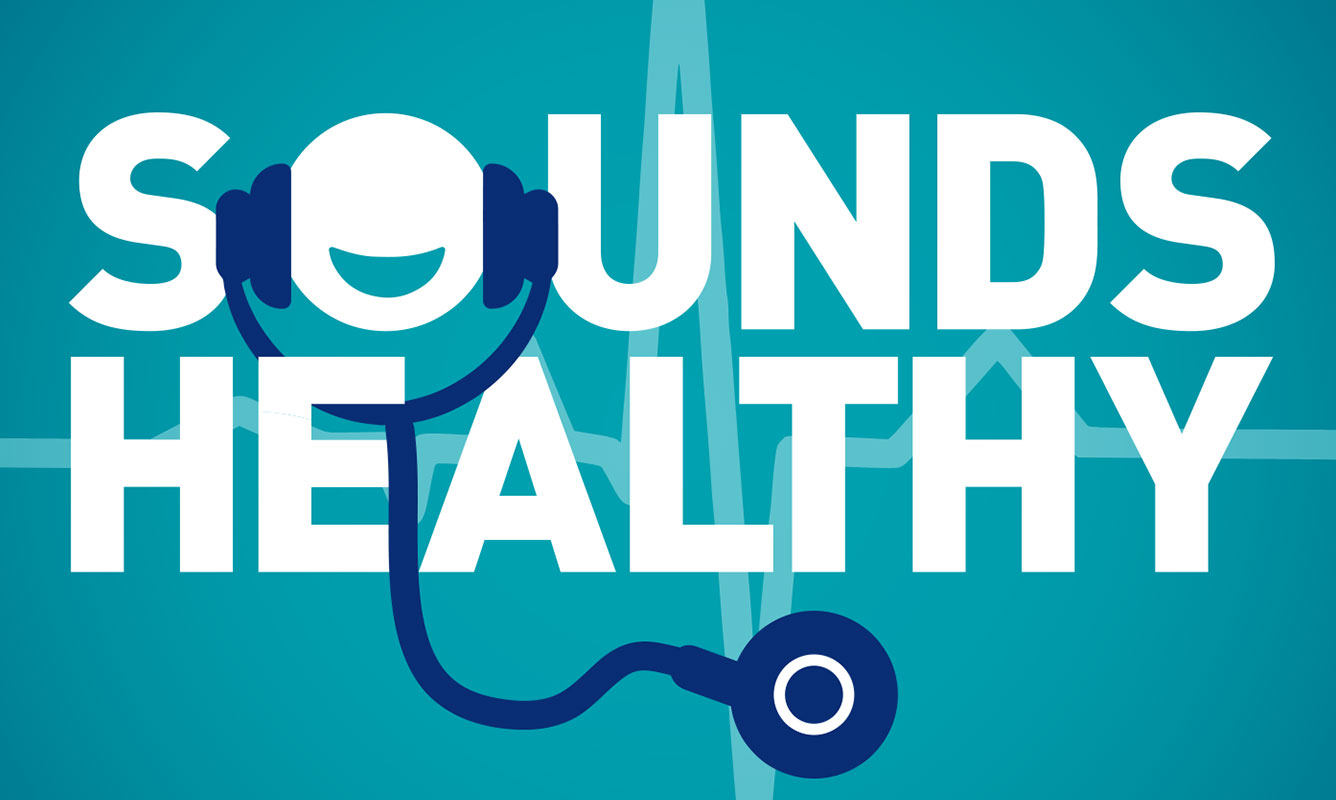University Hospital verified a Level I Pediatric Trauma Center by American College of Surgeons
One of only five Level I pediatric trauma centers in Texas offering the highest level of trauma care to children, along with expertise in prevention, education, research and rehabilitation
Injuries are the biggest killer of children and the main reason they are rushed to a hospital emergency room. In Bexar County and South Texas, the problem is growing rapidly, with the number of seriously injured kids treated at University Hospital rising by 78 percent since 2010.
That’s why a first-class pediatric trauma center is vitally important if a community is to have great medical care for children.
Today, University Hospital and its physician partners at the University of Texas Health Science Center celebrate a major milestone in addressing childhood injuries in South Texas. The American College of Surgeons has verified University Hospital as a Level I pediatric trauma center — one of only five in Texas, and the first outside of Austin, Dallas or Houston.
“University Hospital has always provided great care for seriously injured children,” said George B. Hernández Jr., president and chief executive officer of University Health. “This now puts us among an elite group of hospitals dedicated to improving the treatment of pediatric trauma. The families of South Texas deserve a Level I pediatric trauma center.”
To earn this Level I status, University Hospital demonstrated an expertise and commitment to treating and preventing injuries, to research aimed at finding new and better treatments, for educating the next generation of pediatric trauma specialists, and to pediatric rehabilitation to restore injured kids to the highest possible level of function and return them to a normal life.
“Traumatic injury kills more children than all other disease processes combined,” said Dr. Lillian Liao, pediatric trauma and burn director at University Hospital, and assistant professor of surgery at the UT Health Science Center. “Our goal is to prevent the disease of trauma by educating the public on how to keep their children safe. Becoming a pediatric Level I trauma center is a testament of the outcomes we have in providing top quality care to the injured children we treat. The ACS pediatric trauma Level I verification is also a commitment to all children in the region in promoting education and advancing care for the injured child.”
While South Texas is fortunate to have two Level I trauma centers serving injured adults, University Hospital and the San Antonio Military Medical Center, only University Hospital also takes care of seriously injured children. University Hospital also operates the only pediatric burn center in the region.
University Hospital became a Level II pediatric trauma center in 2012 with the aim of eventually becoming Level I. At Level II, University Hospital has had the highest pediatric trauma designation in South Texas. For both Level I and II, hospitals must demonstrate they are capable of taking care of the most seriously injured children, with subspecialists available in-house around the clock.
Only seven Texas hospitals are designated Level I or II pediatric trauma centers — none besides University Hospital in South Texas.
Also in 2012, University Health became the clinical home for pediatric subspecialists at the University of Texas Health Science Center. These physicians practice at the Robert B. Green Campus and University Hospital.
The criteria for a Level I pediatric trauma center goes beyond Level II in a few key areas. It must have immediate, around-the-clock access to an even larger group of physician specialists, including orthopedic surgery, neurosurgery, anesthesiology, emergency medicine, radiology, internal medicine, plastic surgery, oral and maxillofacial, pediatric and critical care. In addition, a Level I center must:
- Be a referral resource for communities in nearby regions
- Provide leadership in prevention, public education to surrounding communities
- Provide continuing education of the trauma team members
- Incorporate a comprehensive quality assessment program
- Operate an organized teaching and research effort to help direct new innovations in trauma care
- Maintain a program for substance abuse screening and patient intervention
- Meet minimum requirement for annual volume of severely injured patients
Research has found that younger and more seriously injured children have better outcomes at a pediatric trauma center, which is staffed by specially trained physicians and nurses, appropriate resuscitation equipment and medications, special protocols for imaging and other diagnostic procedures, and special pain management guidelines.



